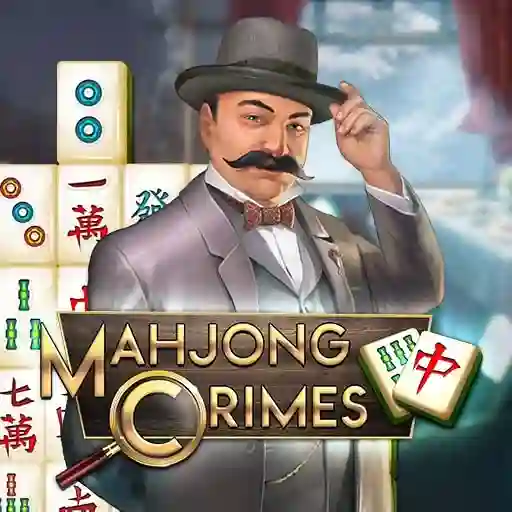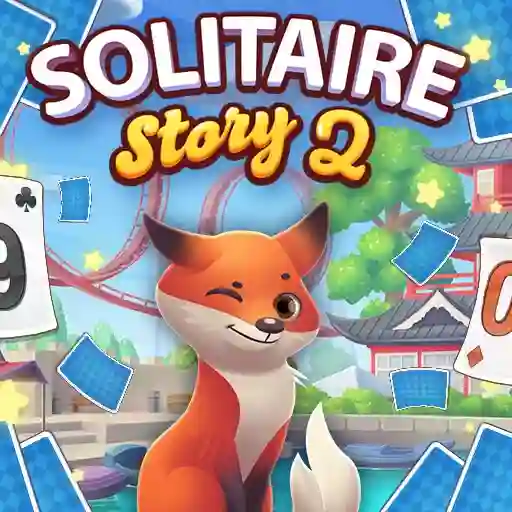


















Story games are a category of games where the narrative and storytelling are central to the player experience. These games often combine engaging stories with interactive elements, allowing players to influence or shape the story through their choices. Story games can span multiple genres, from adventure and role-playing games (RPGs) to visual novels and puzzle games.
Key features of story games include:
• Deep narratives: Immersive and often complex storylines that drive the gameplay.
• Player agency: Choices that impact the story, leading to multiple endings or branching paths.
• Character development: Well-crafted characters with arcs that evolve throughout the game.
• Emotional resonance: Stories designed to evoke emotions, whether it's joy, sadness, or suspense.
• Cinematic presentation: High-quality visuals, voice acting, and soundtracks that enhance the storytelling experience.
What makes story games different from other types of games?
Story games prioritize narrative over gameplay mechanics, making the story the primary focus of the experience. They often feature strong characters, dialogue, and plot twists that keep players engaged mentally and emotionally.
Do I need to be a fan of reading to enjoy story games?
No! Story games are designed to be interactive and immersive, so you don’t need to enjoy reading to appreciate them. The combination of visuals, sound, and gameplay makes the story accessible to a wide audience.
Can story games have multiplayer modes?
Yes, some story games include multiplayer elements, such as shared narrative experiences or cooperative play. However, most story-focused games are single-player to ensure a personal and immersive storytelling experience.